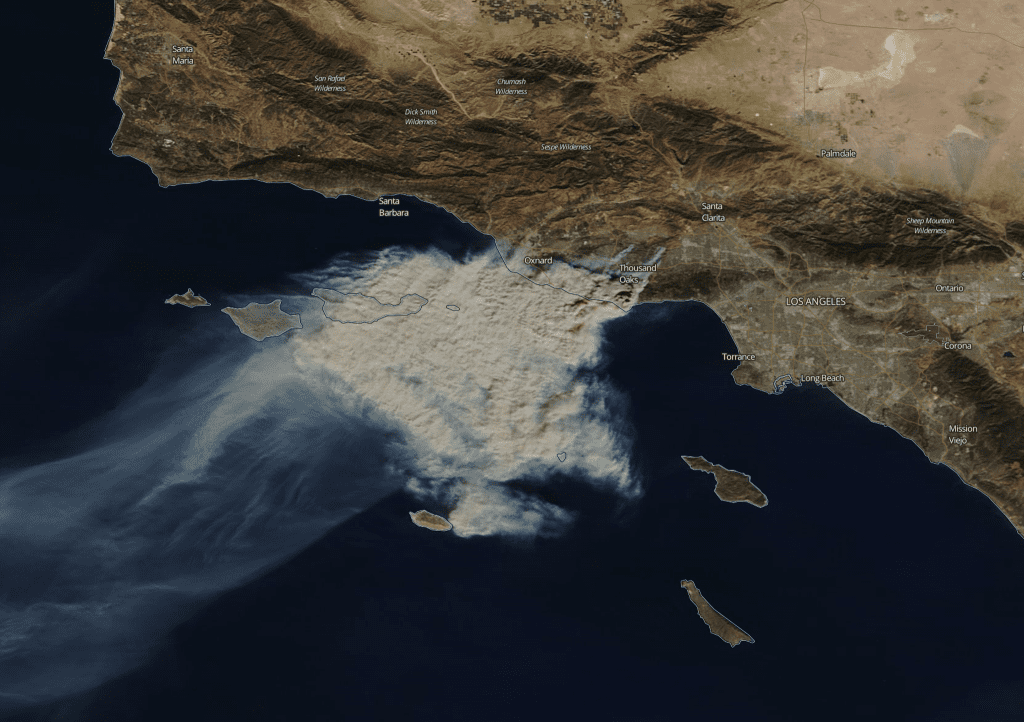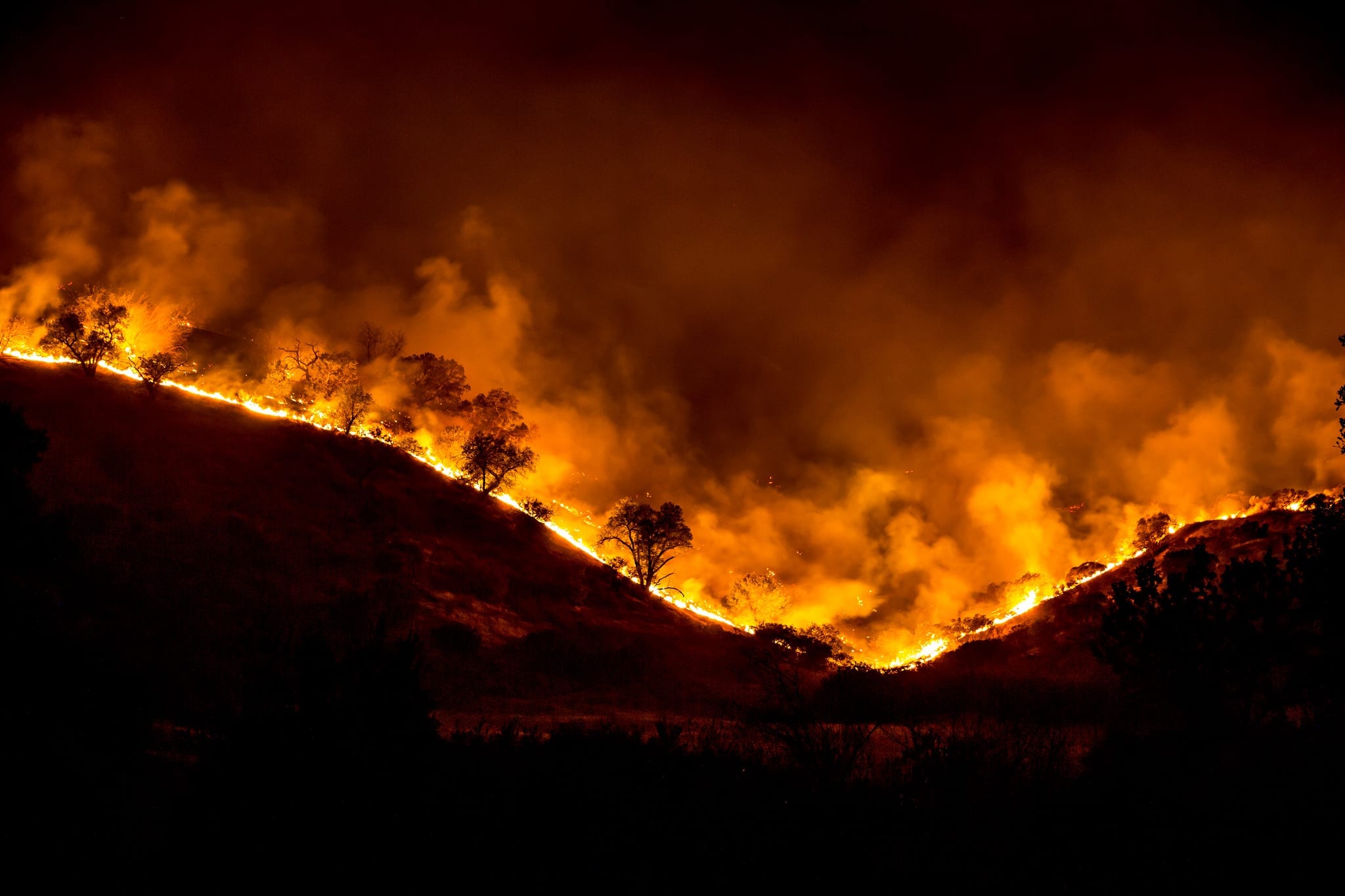Even after the California wildfires were contained, the threat to public health and safety continues in the form of dangerous air pollution.
The most catastrophic wildfire in California history has finally been contained. Claiming the lives of 85 and leaving at minimum 296 unaccounted for, The Camp Fire raged across 153,336 acres in Northern California destroying tens of thousands of residential and commercial buildings according to ABC News. Additionally, The Woolsey Fire in Southern California tore across 96,949 acres of land and is responsible for leaving almost over 1,800 structures either damaged or completely destroyed and the unfortunate loss of three lives. In total, these fires have destroyed more structures than the last seven California wildfires combined. Many firefighters and first responders spent their Thanksgiving battling flames attempting to tame this horrific natural disaster.
During his visit to a charred scene in Paradise, California, President Trump stated, “We’ve never seen anything like this in California, we’ve never seen anything like this yet. It’s like total devastation. I think people have to see this really to understand it.”
Air Quality Threatened
Although contained, smoke from the fires continued to choke major cities and areas across the state, posing serious health hazards to residents. Air pollution levels have surpassed those in India and China, which typically rank highest for worst air quality globally. Alex Azar, the U.S. Health and Human Services Secretary, officially declared a public health emergency in the state of California.
“We are working closely with state health authorities and monitoring the needs of healthcare facilities to provide whatever they may need to save lives and protect health,” Azar stated in a Nov. 14 statement. “This declaration will help ensure that Americans who are threatened by these dangerous wildfires and who rely on Medicare, Medicaid and the Children’s Health Insurance Program have continuous access to the care they need.”

It is important to check local air quality reports daily. Specifically, individuals with pre-existing lung conditions such as asthma or COPD (Chronic Obstructive Pulmonary Disease) are warned to take cautious measures against contaminated air. To spread awareness about lurking toxins and carcinogens affecting lung health, many people are posting selfies in masks via social platforms such as Instagram and Twitter. Respirator masks are most effective over using cloth or surgical masks to combat pollutants such as asbestos, a carcinogen known to spread as a result of damaged housing, which now could be potentially airborne or hidden in leftover debris throughout the area. Nasal irritation, congestion, and burning throat and eyes are all symptoms of poor air quality triggered by dangerous airborne fibers and signs that action should be taken to protect your airways. Following disasters such as these, it’s important to talk to a specialized doctor if you have any concern regarding uncommon toxic exposure.
The Loss of Homes
Unfortunately, thousands have lost their homes to these devastating fires. Many are anxiously awaiting next steps in emergency shelters, campsites and hotels. Various organizations have graciously teamed up with people in an attempt to restore or replace what has been lost by these families.
Residents who remain in their homes are asked to stay in indoors as much as possible and to use masks when outside. If being outdoors is inevitable, it is important for people to avoid taxing physical activity. When indoors, keeping doors and windows closed is a simple way to reduce exposure and investing in an air purifier will help clean the air inside. Although this cannot guarantee 100 percent of air throughout your home will be pure, it can work to reduce pollutants in concentrated areas such as a bedroom, living room, or laundry room.
During these times, it is important to avoid burning candles, gas stoves, or fireplaces as all of these contribute to air contamination. Unfortunately, even something as simple as vacuuming could cause particles to go airborne and thicken indoor polluted air.
Where from Here?
Not everyone can be a first responder, but everyone can take action to protect themselves and loved ones. Reducing time outside and wearing a respirator mask while out are the safest ways to reduce exposure. Fighting air pollution is something everyone is able to do and continuing to support organizations working to clean up and heal devastation in California is crucial. The effects of these destructive fires are not just felt among residents of California, but ripple to people all over the country. To read more on the coverage of the wild fire aftermath, read here.
Editor’s note: This article is a guest post, published under my byline by request. My thanks to the author for sharing this with our readers.


Join the conversation!